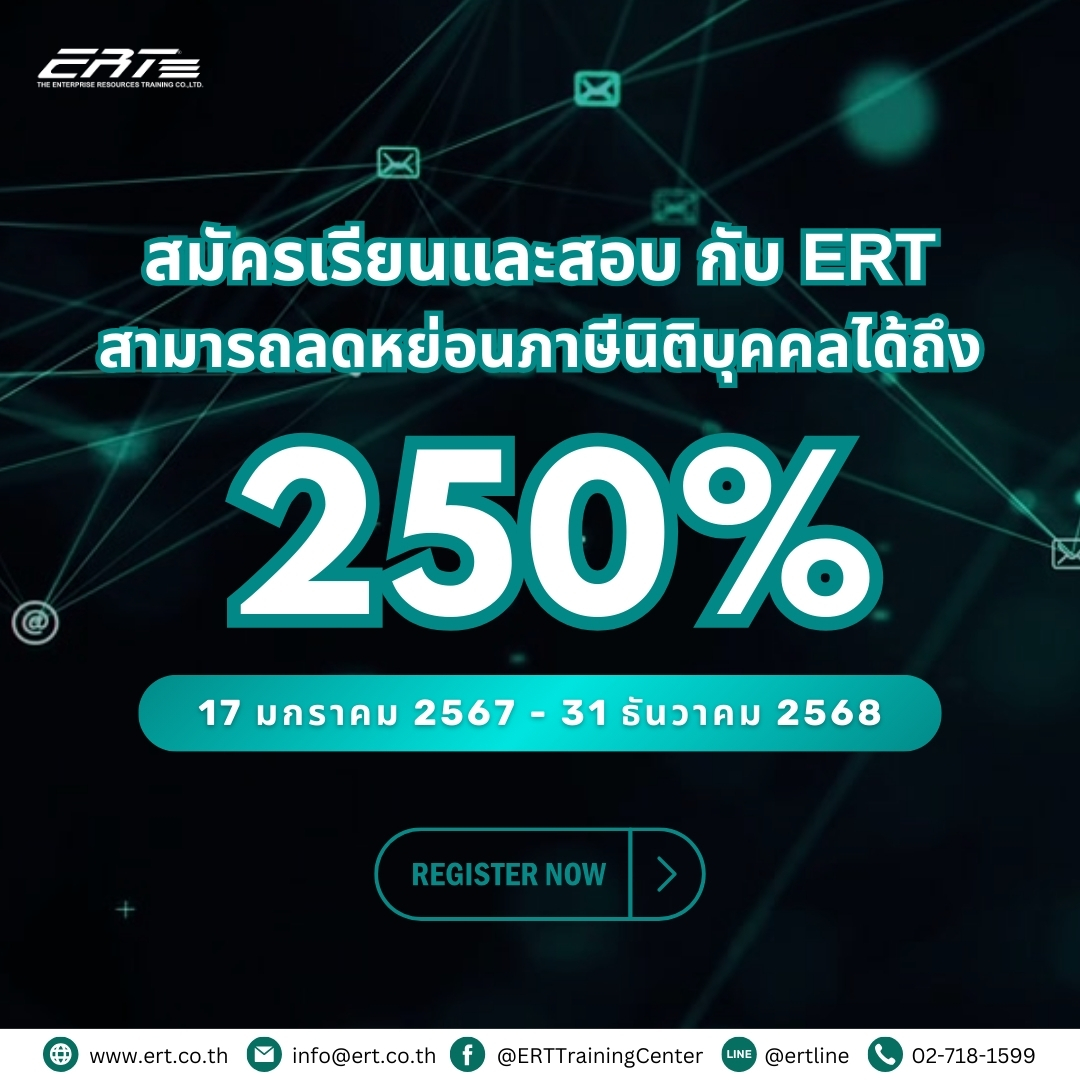Oracle Private Cloud Appliance: Administration
The Oracle Private Cloud Appliance: Administration course teaches students about administration of the Private Cloud Appliance to provide Infrastructure as a Service.
STUDENTS WILL LEARN TO
- Review the hardware and software installed and configured in the Private Cloud Appliance.
- Monitor the health of hardware.
- Allocate memory, CPU, network, and storage resources for effective virtualization support.
- Create, deploy, manage, and delete virtual machines.
- Configure the allocation of IaaS resources.
- Configure the Private Cloud Appliance Oracle VM environment in which virtualized servers run.
- Provide Infrastructure as a Service with Oracle Enterprise Manager Cloud Control.
- Manage the efficient allocation of appliance resources.
- Design an effective disaster recovery solution for the Private Cloud Appliance.
- Perform a selection of activities on a simulated lab environment.

|
Phone
|
Phone
|
|---|---|
|
Product
|
Oracle
|
|
Code
|
D108305GC30
|
|
Duration
|
3 Days
|
|
Price (baht)
|
45,000
|
About the course
COURSE TOPICS
Module 1 : Introduction and Installation
- Definition and purpose of Private Cloud Appliance
- Definitions of IaaS and PaaS
- Private Cloud Appliance definition and conceptual architecture
- Installation and related options and decisions
- Accessing and using the Private Cloud Appliance CLI
Module 2 : Enterprise Deployment and Management of the Private Cloud Appliance
- Oracle’s Cloud Service Model for IaaS
- Enterprise Manager Cloud Control roles for IaaS
- Infrastructure Cloud administration for configuration and self service
- Infrastructure self service
- Monitoring the Private Cloud Appliance
Module 3 : Oracle VM for the Private Cloud Appliance
- Oracle VM description
- Oracle VM components
- Oracle VM functional architecture
- Private Cloud Appliance repositories and server pools
- Policies and High Availability
Module 4 : Deploying and Examining a Virtual Machine
- Steps to import and deploy virtual machines from a virtual appliance
- Steps to deploy virtual machine from a template
- Virtual machine life cycle
- Examine a virtual machine configuration
- Accessing and managing virtual machines using the command line interface
Module 5 : Managing Oracle VM Networks and Storage
- Private Cloud Appliance and Oracle VM networking
- VLAN interfaces and VLAN networks
- Virtual NIC Tool
- Oracle VM Storage and management
- Repository structure
- Creating and managing repositories
- Cloning virtual disks
Module 6: Creating and Packaging Virtual Machines
- Types of virtual machines
- Create a virtual machine from an ISO
- Simple and advanced cloning of virtual machines
- Prepare virtual machine for first-boot configuration
- Edit virtual machines
Module 7: Virtual Machine Use Cases
- Clone multiple virtual machines from a single template
- Configure isolated VLANs and demonstrate isolation using ping
- Live migration
- Enterprise Manager virtual machine management
Module 8: Appliance Rack Management
- Hardware configuration UI
- Using the Command Line Interface to manage the rack
- CLI task management
- Update procedure
Module 9: Appliance Server Management
- Managing management nodes
- Managing compute nodes
Module 10: Appliance Network Management
- Ethernet management network
- Fabric interconnect internal configuration
- Server fabric
- Viewing network cards and network ports
- Creating and managing Private Cloud Appliance custom networks
Module 11: Appliance Storage Management
- Storage network
- ZFS Storage Appliance
- Configuring external storage
Module 12: Appliance Password Management
- Maintaining passwords
- Maintaining the appliance wallet
Module 13: Appliance and Oracle VM System Backup
- Private Cloud Appliance storage components
- Appliance internal backup
- Virtual machine cloning for backup
- Repository Export
Module 14: Appliance Disaster Recovery
- Enterprise Manager and Maximum Availability Architecture
- Transitions: Failover, switchover, business migration
- Virtual machine failover
- Network configuration requirements for virtual machine failover
- Storage configuration requirements for virtual machine failover
Module 15: Tenant Groups and Partitioning
- Creating and managing tenant groups
- Hard, soft, and trusted partitioning
Module 16: Capacity Planning and Management
- Memory and CPU allocation, and VM layout
- Network configuration planning
- Storage capacity planning
Register for Training
Schedule
| Start Date | End Date | Duration (days) | Price | Code |
|---|

